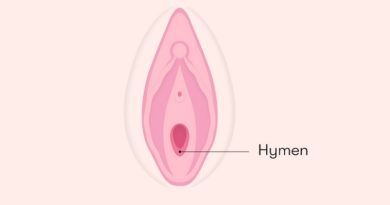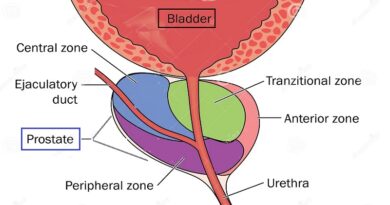Premenstrual Dysphoric Disorder (PMDD)
When the menstrual cycle approaches, some women may encounter mild discomfort or mood swings, while others endure a more severe condition known as Premenstrual Dysphoric Disorder (PMDD). This often misunderstood and underdiagnosed disorder can significantly impact a woman’s quality of life. In this article, we will explore this condition (PMDD), its symptoms, causes, diagnosis, and available treatment options. By increasing awareness and fostering empathy, we can create a more supportive environment for those affected by this condition.
Understanding PMDD
It is a hormonal and mood disorder that occurs in approximately 3-8% of menstruating individuals. It is considered a severe form of premenstrual syndrome (PMS) and can have debilitating effects on physical and mental well-being. While PMS symptoms may be bothersome, PMDD symptoms are more severe and can disrupt daily functioning.
Causes
The exact cause of PMDD is not yet fully understood, but it is believed to result from an abnormal response to normal hormonal changes during the menstrual cycle. The fluctuations in estrogen and progesterone levels trigger a cascade of symptoms that can affect both the body and mind.
Symptoms
Symptoms start a week or two before menstruation and subside once the period begins. They may include intense mood swings, irritability, depression, anxiety, fatigue, difficulty concentrating, insomnia, changes in appetite, and physical discomfort. These symptoms are distinct from a woman’s typical behavior or emotional state.
Diagnosis and Treatment
Diagnosing PMDD involves tracking and documenting symptoms over at least two menstrual cycles using standardized assessment tools. Medical professionals may also perform physical exams and request blood tests to rule out other underlying conditions. An accurate diagnosis is crucial in distinguishing PMDD from other mood disorders and ensuring appropriate treatment.
Fortunately, various treatment options are available to help manage PMDD symptoms. Lifestyle changes, such as regular exercise, stress reduction techniques, a balanced diet, and adequate sleep, can provide some relief. Additionally, women may find support through counseling, psychotherapy, or support groups to cope with the emotional challenges associated with PMDD.
For more severe cases, healthcare providers may recommend medication interventions. Selective serotonin reuptake inhibitors (SSRIs), a type of antidepressant, have shown efficacy in alleviating PMDD symptoms by regulating serotonin levels in the brain. Hormonal birth control methods, such as oral contraceptives or hormonal patches, can also help by stabilizing hormone levels throughout the menstrual cycle.
Empathy and Support
While PMDD is a real and distressing condition, it is often met with skepticism or dismissed as mere PMS. The lack of awareness and understanding can contribute to feelings of isolation and frustration for those affected. As a society, it is essential to cultivate empathy and create safe spaces for open discussions about reproductive health.
By educating ourselves about PMDD, we can foster a compassionate environment where women feel comfortable seeking help and support. Recognizing that PMDD is a legitimate medical condition and not a reflection of weakness or instability is a crucial step toward breaking the stigma surrounding menstrual health.
SUMMARY
Premenstrual Dysphoric Disorder can have a profound impact on a woman’s life, affecting her physical, emotional, and social well-being. By acknowledging the existence of PMDD, increasing awareness, and promoting open dialogue, we can help individuals struggling with this condition find the support they need. Together, let us work toward a world where menstrual health is understood, respected, and empathetically addressed, empowering every woman to live her life to the fullest.
If you suspect that you may have symptoms, Helalmedical can help, offering quick, private, and convenient testing options. You may contact us here: Facebook page.




